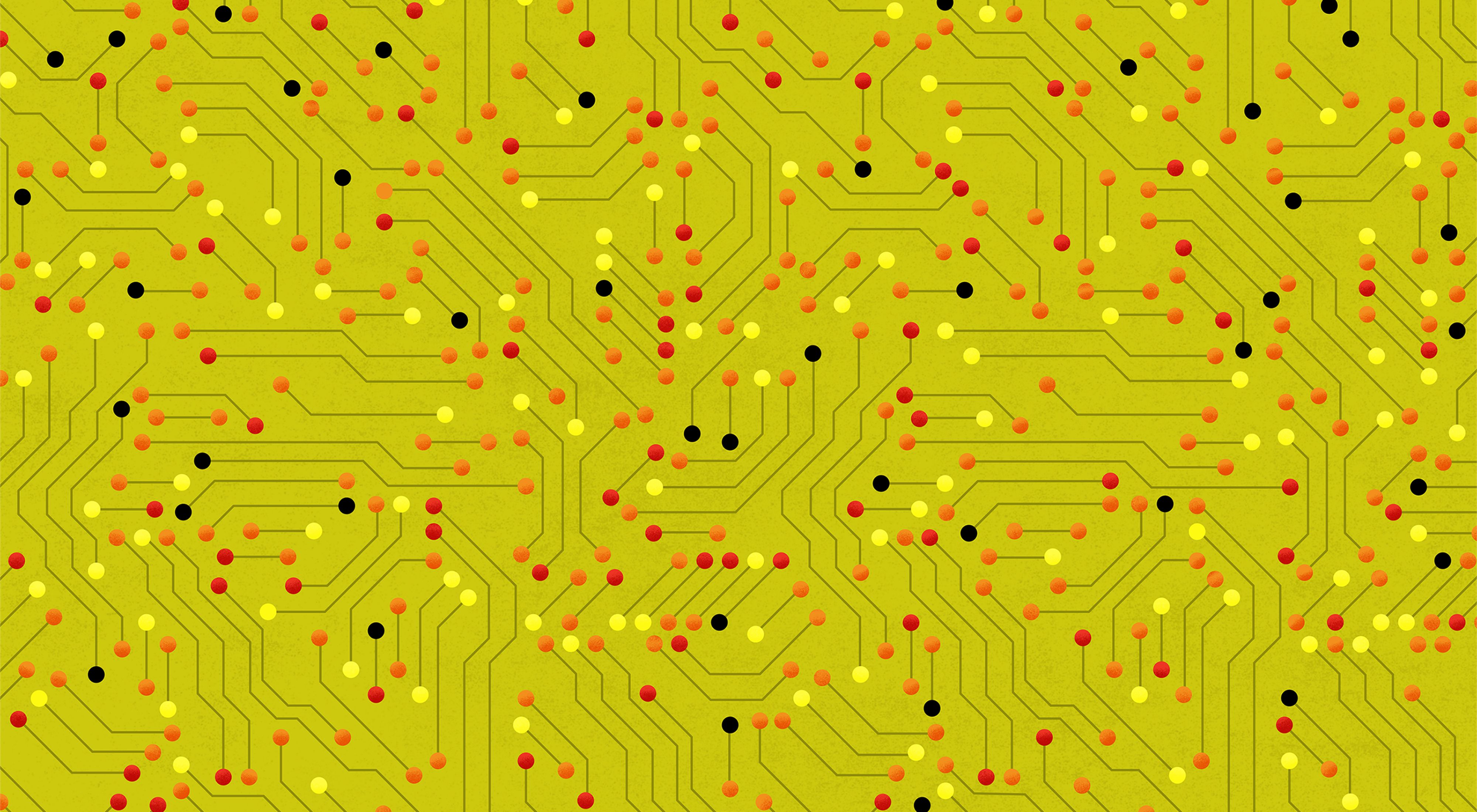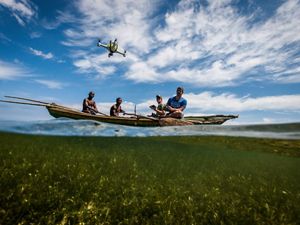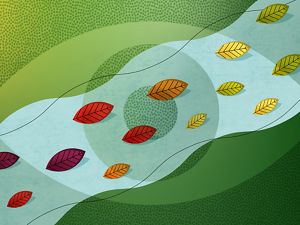Tech for Nature: The Future and the Now
Technology can help save the planet—and not just in the ways you might think.
This article is the first in a two-part series on technology and innovation that ran in the March 2021 issue of the Global Insights newsletter. Subscribe here to get exclusive insights like these straight to your inbox.
When people hear about “green technology," it’s often inventions like advanced carbon capture, geoengineering, and other cutting-edge technologies. Elon Musk’s US$100 million competition for a new technology that will remove carbon dioxide from air and ocean is perhaps the latest such example.
But the truth is that tech often shows up with more humility in day-to-day conservation—though no less significantly. And while we love to see ambition growing for environmental innovation, it’s also urgent to recognize how we rely on existing technology for big impact—and how much better we could do with those technologies.
Here are a few ways tech is already facilitating environmental action, and what we need to do to maximize its impact.
Data Done Better (But Not Optimally—Yet)
Data collection has always been a bedrock of conservation science—accurate metrics help us define challenges and learn how to fix them faster. And advances in technology allow scientists to gather more (and better) data, more quickly.
Take coral reef conservation. TNC scientists have deployed a complete technological toolbox from space to sea—satellites, specialized aircraft, both aerial and underwater drones, as well as human divers—to create the first-ever high-resolution maps of the Caribbean’s entire coral reef network. Stakeholders in the region are now able to ascertain the health of the reef with greater precision than ever.
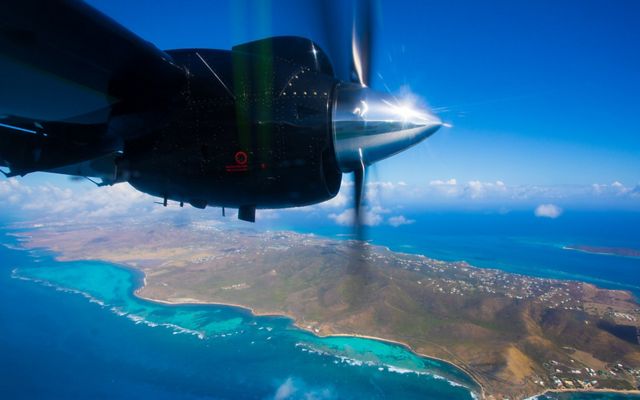
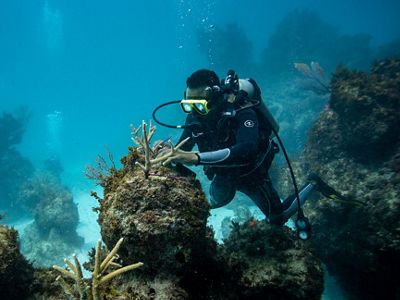
And conservationists are using technology to harness new sources of data. Consider again the Caribbean: Using a machine-learning algorithm developed by Microsoft, TNC’s scientists were able to scan social media geotags to learn where reef-adjacent tourism activities occurred most frequently and develop a better understanding of their economic value in the region—creating a powerful incentive to protect the reefs.
Our global insights, straight to your inbox
Get our latest research, insights and solutions to today’s sustainability challenges.
Sign UpBut conservationists also face (artificial) limitations: they can’t access much of the data that exist, simply because data governance hasn’t caught up with tech developments. Throughout their supply chains, private companies collect an enormous volume of information on natural resources essential to their operations that, if shared with environmental scientists, could inform developments that would benefit both people and nature.
So if more companies—especially ones that are direct consumers of nature, such as fisheries, tourism and agriculture—were willing to share data in confidence with the conservation sector, could we advance our mission faster than ever? We asked Niraj Swami, TNC’s Director of Conservation Technology Strategy and Enablement. It’s not just about gathering more data, Swami says—we have to get better at learning from it.
A Hot Take from Niraj Swami
TNC's Director of Conservation Tech Strategy & Enablement

We do need more dynamic data sources, but even the best data is only as good as its applications. Often we assume that learning happens the moment you monitor a conservation target—it doesn’t. Technology is akin to a sail: only if employed intelligently can it help us get where we want to go.
Data technology allows us to measure, evaluate—and learn. We can model entire ecosystems and predict the outcomes of different interventions we might try so we don’t have to make mistakes to get there on the ground. Given the conservation sector’s resources are often more limited than others, even as the stakes are existential, being able to deploy our capital where we’ll see the greatest return is crucial. And that makes tech development in conservation truly mission-critical.
It’s high time the conversation around tech in conservation expanded beyond satellites, ArcGIS and IT—we need strategy. With a dwindling timeline for staving off the worst of climate change and biodiversity loss, it’s critical that we leverage technology to work faster and smarter, and that means changing our learning mentality, too.

Subscribe for More Insights
This article is the first in a two-part series on technology and innovation that ran in the March 2021 issue of the Global Insights newsletter. Subscribe here to get part two and other exclusive insights like these straight to your inbox.
Global Insights
Check out our latest thinking and real-world solutions to some of the most complex challenges facing people and the planet today.
